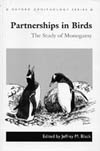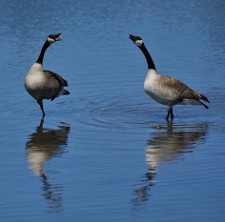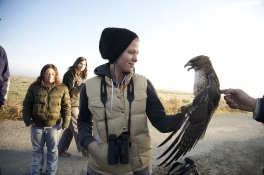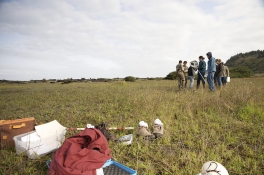Evolution of the pair bond: mate fidelity, divorce and extra-pair paternity

In the 1990’s I worked on a satisfying and challenging project; conceiving and editing a book entitled Partnerships in Birds. The study of monogamy, Pp. 420, (Oxford University Press), which includes 19 chapters from the finest long-term bird studies and several wide-ranging reviews. The book provides a detailed treatment about a number of related issues, such as quantifying the advantage of remaining with the same mate, which mate-types yield optimal reproductive rates, why and when divorce should occur and the adaptive benefit of mating outside the pair bond. The project was based on a series of comparisons from long-term studies.
We concluded that the next step in the enquiry is to undertake a series of experimental studies that specifically test the new views on the evolution and maintenance of monogamy, including the following hypotheses:
- mate familiarity effect
- keeping company hypothesis
- better option hypothesis
- habitat meditated hypothesis
- Constrained female hypothesis

I prepared a set of experiments that are designed to uncover the mechanisms and functions that drive decisions in favour of mate fidelity, divorce or extra-pair copulations. The range of focal species will enable consideration of the effects of longevity, resident or migrant status, the quality of habitats, and the amount of time pair members are together. Examples of focal species include:
- Continuous partnerships: various geese, zebra finches, jackdaws and Steller's jays
- Part-time partnerships: American robins, killdeer, fox sparrows, chickadees
Current emphasis is on barnacle geese, Canada geese and Steller's jays.






